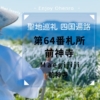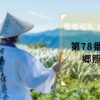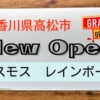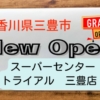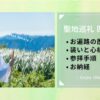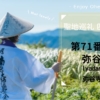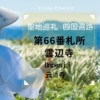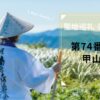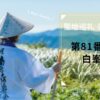【Japan tourism】 Shikoku 88 temple pilgrimage trip [No.51] Kumanosan Kokuuzouin Ishiteji
Ishiteji is a famous temple where most of the temples and towers in the precincts are designated as national treasures or important cultural properties of the country.
Local pilgrims, pilgrims, and tourists abound as the center of Kobo Daishi faith as the “Ishite no Daishi-sama". It seems that many of them will bring back Kodakara Regeneration Stones and Genki Regeneration Stones.
Ishiteji
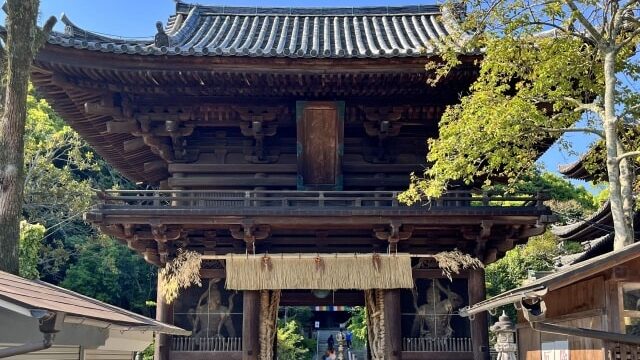
| Principal image | Yakushi Nyorai |
| Honzon mantra | On korokoro sendari matougi sowaka |
| Denomination | Shingon Buddhism Busan sect |
Place
Temple lodging: none
Phone:089-977-0870
〒790-0852 2-9-21 Ishite, Matsuyama City, Ehime Prefecture
Gosyuin(red stamap)
Please wait a moment until the image is uploaded.
History
Based on the roof tiles excavated from the precincts, there is historical evidence that it was built around 670 (Tenchi 9) on the basis of a manor belonging to the Horyu-ji lineage.
In 728 (Jinki 5), Tamazumi Ochi, a member of the Iyo clan, had a dream in which the twenty-five bodhisattvas appeared and realized that this place was a sacred place. Then, taking the opportunity of enshrining the 12 Kumano Gongen, he built a hall and became a place of imperial prayer for Emperor Shomu.
In the following year, Gyoki visited this place, sculpted a Yakushi Nyorai statue of 2 shaku 5 sun, opened the temple, and named it Anyo-ji Temple of the Hosso sect.
After that, in the Kamakura period, according to the legend of Gomonsaburo, the founder of the Shikoku pilgrimage, it is said that the temple was renamed Ishiteji after enshrining the recycled stone.
One day, in front of the gate, a slightly dirty monk begged, “Would you mind letting me stay for the night anywhere?" Emon Saburo said, “I’m busy, I’m in the way of work, you dirty bastard!" The alms bowl that the monk was holding fell and broke. The monk was actually Kobo Daishi and left in disappointment.
After that, all eight of Saburo’s boys died. Emon Saburo lost his beloved child and was unable to do anything. He was a hard worker, but before he knew it, people around him began to call him “greedy and outrageous lazy." Finally, he abandons his home and searches for the monk of that time.
After 21 trips around Shikoku, Saburo’s appearance resembles that dingy monk. When he finally fell ill at the foot of Syousanji, Kobo Daishi appeared at his bedside and said, “You have changed a lot. If there is a wish, I will grant it." Saburo said, ”If I could be reborn, I would like to be a lord and help people. And this time I want to let you stay at my house." Kobo Daishi carved a 3.8 ㎝ stone with “Emon Saburo" and gave it to him.
A son was born to Kono Yasutoshi, a local ruling family, but his right hand was still clenched and did not open. When I prayed at Anyoji Temple, I found a pebble with the words “Emon Saburo reborn" in my hand, so I dedicated this stone to the temple.
Highlight
Most of the pagodas in the precincts of Ishite-ji Temple are designated as national treasures or important cultural properties of the country.
The National Treasure Niomon was built in 1318. In addition to the main hall, the three-storied pagoda, bell tower, five-ringed pagoda, Karitiiboten-do, Goma-do, and the bronze bell, which is said to be the oldest in Ehime Prefecture, are all important cultural properties.
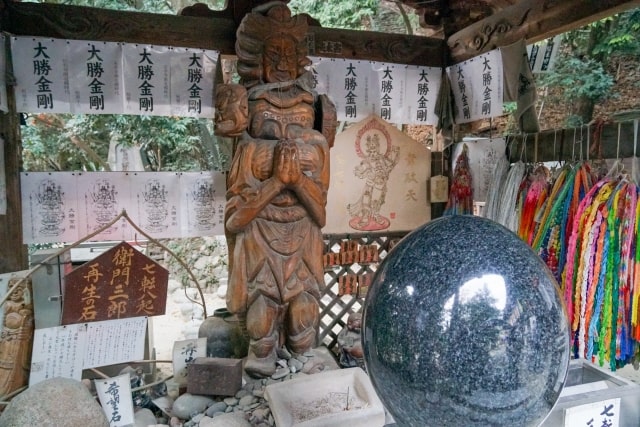
【Genki Stone/Recycled Stone】A reclaimed stone related to the Gomonsaburo legend is enshrined. It is said that rubbing the regeneration stone will give you vitality.
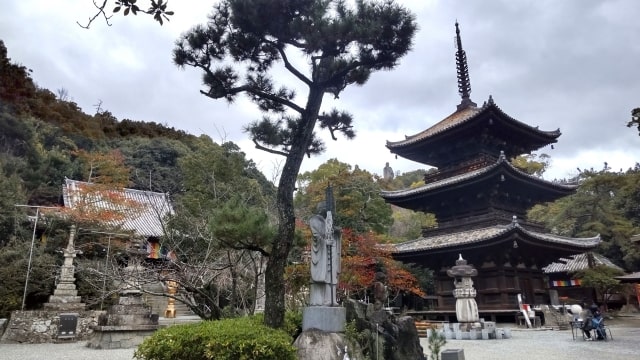
【Scenery of the precincts】The precincts are wide and represent the mandala world centering on the three-storied pagoda.
It is said that if you go around the counterclockwise, your heart will be at peace, and if you go around the right, you will be able to understand the pain of a person.
It is about 13km (about 30 minutes by car) to the next 52nd bill place “Taizanji"!
